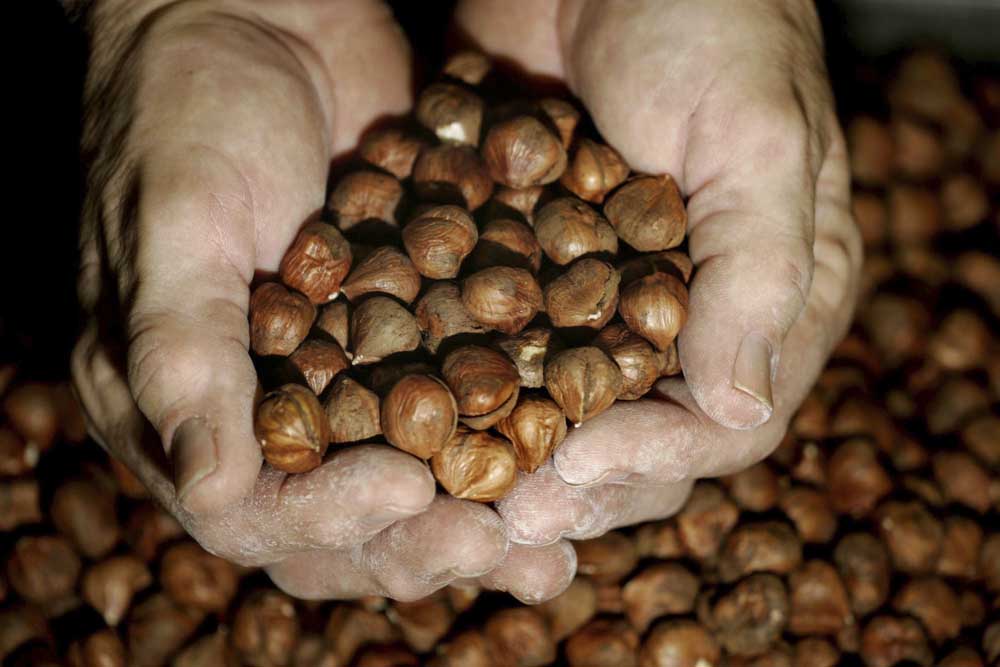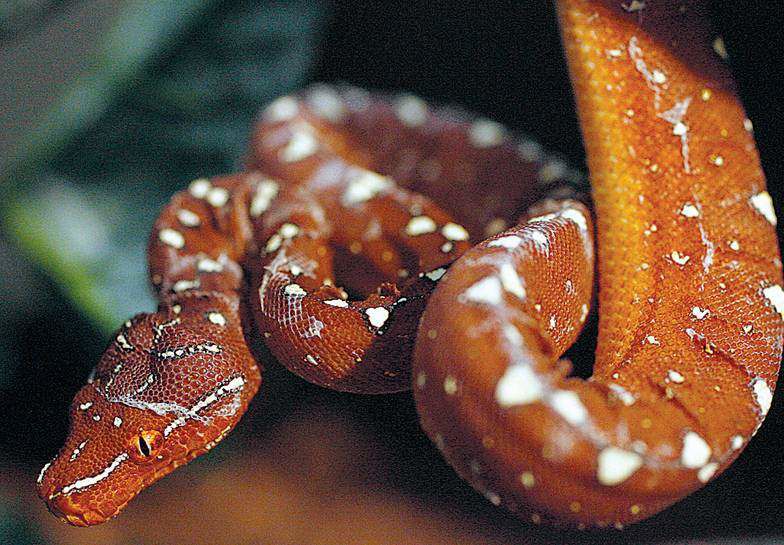GARDEN PLOTS: Observing the unique reproductive cycle of hazelnut trees
Published 5:45 am Wednesday, September 20, 2023

- Ninety-nine percent of the commercial filbert crops produced in the U.S., almost all of which are hybrids of European hazelnuts, are grown in the Willamette Valley due to its historically mild climate and fertile soils. Pictured are hazelnuts from Columbia Empire Farms in Sherwood, southeast of Portland.
“Part of the fascination of gardening is that it is, on the one hand, a practical exercise of the human body and, on the other, a direct participation in the ritual of birth and life and death.”
— Stanley Kunitz, “The Wild Braid: A Poet Reflects on a Century in the Garden” (2005)
This quote from poet Stanley Kunitz resonates with me because I’ve been thinking about the growth and reproductive cycles of my two filbert trees, a California hazelnut (Corylus cornuta var. californica) and a hybrid European hazelnut (C. avellana). I planted them five years ago as 4-foot-tall saplings and then had to move them to another location last fall.
I was relieved that both hazelnut trees, which had more than doubled in size, not only survived the winter but flowered in late January and early February. Velvety, yellow catkins hung from the leafless branches like ornaments — a festive sight when most of the other trees in my yard looked a bit forlorn in their dormancy. The catkins are a hazelnut tree’s male flowers; it takes closer observation to spot the small, red female flowers that reach out from the bud scales on a limb like the feathery tentacles of a tiny sea anemone.
Hazelnut trees, also referred to as large shrubs, are monoecious, meaning they have male and female reproductive parts on the same plant but not within a single flower (these are called co-sexual or perfect flowers). Several other nut trees share this characteristic — hickory, pecan, walnut, chestnut — as well as birch, cedar, fir and sweetgum trees. Many monoecious trees, including hazelnuts, are pollinated by the wind rather than by insects, so it helps that the flowers emerge months before the foliage.
In late spring, greenish-white nuts began to develop in small clusters on the hazelnut trees — more numerous on the European hybrid than the native. The clusters are shielded by papery bracts that remind me of pleated cupcake liners. As the nuts have grown bigger over the summer and their protective coverings have hardened, I can see why their botanical name, Corylus, is derived from the Greek word for helmet. “Hazel” is also thought to come from an Old English term for bonnet.
My hazelnut trees are planted in partial sunlight, which is particularly appropriate for the native species whose natural habitat is the understory of riparian areas and along the edges of mixed forests in lower elevation regions of Washington, Oregon and Northern California. However, all hazelnut trees tolerate some shade, especially in late afternoon, to protect them from scorching summer heat.
Ninety-nine percent of the commercial filbert crops produced in the U.S., almost all of which are hybrids of European hazelnuts, are grown in the Willamette Valley due to its historically mild climate and fertile soils. However, more extreme temperatures from climate change have increased the vulnerability of hazelnut trees to disease, particularly a fungal disease called Eastern Filbert Blight.
Oregon State University has developed disease-resistant hybrids, such as “Jefferson,” “Santiam,” “Yamhill” and ‘Theta,” to help hazelnut farmers adapt to changing growing conditions. Native hazelnut trees are resistant to EFB.
I’ve been thoroughly soaking the soil around my two hazelnut trees once a week throughout the summer to give them a good start in their new location; however, all hazelnut species are drought-tolerant once they are established. To thrive, they need slightly acidic, well-draining soil with plenty of organic matter. I mulched my trees with a thick layer of compost and grass clippings, which has helped to retain moisture and prevent weed competition.
The filberts should be ready to harvest in late September-October, when the nuts are brown and separate easily from the papery husk, but I learned they can be picked before they are fully ripe to finish ripening off the tree. In this case, the nuts should be stored in a warm, dry, dark place until they are completely brown. Beforehand, soak the nuts overnight in water and a teaspoon of sea salt, and discard any nuts that float.
Hazelnuts can be dried in an oven, or a dehydrator set at around 115-150 degrees F for 12-24 hours. Remove the nuts when they are dry and crisp. Dried hazelnuts can be stored in plastic bags or containers in the refrigerator, or in a mesh bag in a cupboard, for up to a year.
If I’ve enticed you to grow this interesting and attractive small tree/shrub, it’s important to know that hybrid hazelnut trees require a second hazelnut tree planted nearby to produce nuts. Commercial farmers typically plant three different cultivars to strengthen genetic diversity and increase pollination and fertilization. Even self-fertile species benefit from having a partner; my hazelnuts have produced more nuts this year than ever before, which could be attributed to the fact they are now planted closer together (or it could be they are more mature trees now).
For me, part of the splendor of fall comes from harvesting fruits and nuts from my orchard trees. My hazelnut trees, with their unique reproductive cycle, are special because I can look forward to their wintertime flowering when all the other orchard trees are bare.






